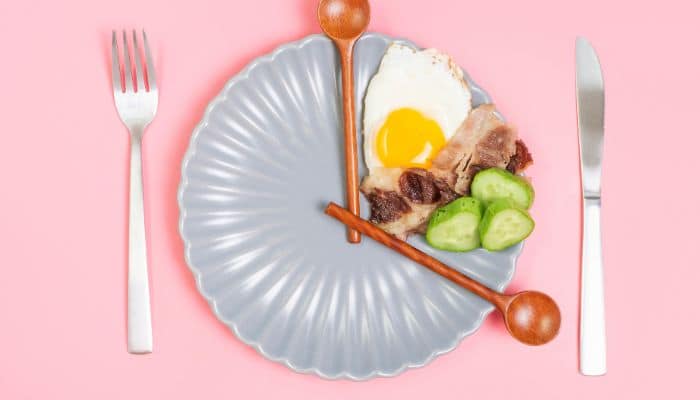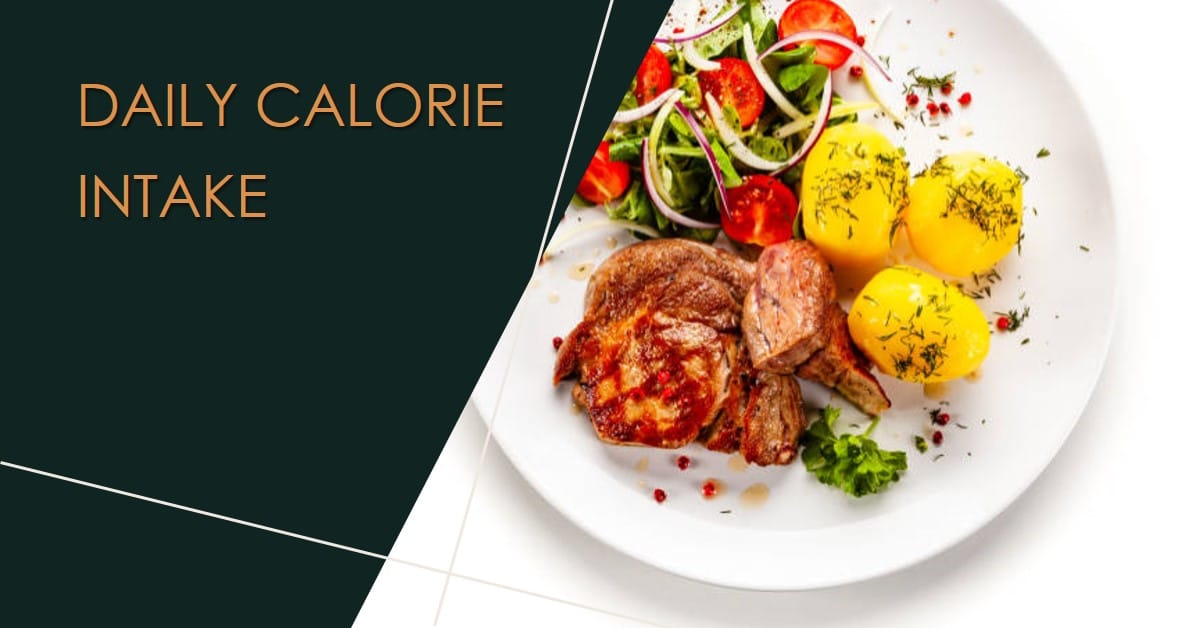The ketogenic diet is a high-fat, low-carbohydrate diet that helps you lose weight and improve your health. Keto is short for ketogenic, meaning the diet produces ketones in the body. Keto dieters replace carbohydrates with fat to spark a process called ketosis where the body burns fat instead of carbs for energy. Once the body begins breaking down fats, ketones are released as a result. The human body breaks down fats first and foremost to produce energy. However, when sugar intake is reduced, the liver breaks down fatty acids into smaller fragments known as ketone bodies. These are then released in the bloodstream where they can be used as an alternative source of energy. Let’s take a look at why you should try this high-fat eating plan and explore some of its benefits.
What is a Ketogenic Diet?
A ketogenic diet is a high-fat, low-carb diet that puts the body into a metabolic state called ketosis. In ketosis, your body burns fat instead of carbohydrates (a process called “fat breakdown”) for energy, resulting in fat loss. The goal of the ketogenic diet is to force your body to burn its own fat stores for energy, rather than the usual fat you’d break down whenever you eat less than you need. When your body is forced to burn fat, it becomes super efficient at it. It’s like a furnace that burns through everything, spares nothing, and barely gives off any heat! Humans have two types of “fuel” that are used for energy: carbohydrates and fat. On a normal diet, the body uses both of these. When you eat a high-fat diet, your body can’t immediately break down the fat for energy. Instead, it has to find some other source of energy. It does this by breaking down carbohydrates and glycogen (a form of sugar stored in the muscles and liver) to provide energy.
The Benefits of a Ketogenic Diet
Here are a few of the major benefits of following a ketogenic diet: Weight loss: When breaking down fats, the body uses fewer calories to complete the same tasks as it would when breaking down carbohydrates. One study found that following a ketogenic diet reduced the amount of calories burned by about 500 per day. That would result in a weight loss of one pound every two weeks—without making any other changes! Decreases risk of diabetes: If you have diabetes, ketosis can help you reduce your sugar intake and improve your glucose levels. A ketogenic diet can also help you manage your insulin levels. Improved cholesterol: A ketogenic diet can improve your cholesterol and triglyceride levels, which may decrease the risk of heart disease. Ketogenic diets have also been shown to reduce oxidative stress and inflammation in the body.
Who Should Try a Ketogenic Diet?
Ketogenic diets are often recommended for people who are looking for a way to lose weight quickly. This is because following a ketogenic diet is associated with accelerated fat breakdown, which can result in significant weight loss. People who should try a ketogenic diet include: Those who want to lose weight quickly: If you are overweight and looking for a way to shed pounds quickly, a ketogenic diet could be a good option. Athletes: Some athletes choose to follow the ketogenic diet in order to put themselves into a state of ketosis and spare glycogen for long-term energy (e.g. marathon runners). People with certain health conditions: People with certain conditions, such as epilepsy, should talk to their doctor before starting a ketogenic diet.
How to Follow the Ketogenic Diet?
The ketogenic diet is high in fat, moderate in protein, and low in carbohydrates. When you follow this diet, your body enters a metabolic state called ketosis. In this metabolic state, your body breaks down fats into fatty acids and glycerol, and uses them as the main source of energy. A ketogenic diet is not meant to be a long-term diet; it’s typically followed for a few months at a time and is meant to jump-start weight loss. Here are a few tips and tricks to follow a ketogenic diet: Eat lots of fat: If you’re eating enough calories, you will lose weight on a ketogenic diet. However, if you’re not eating the right amount of fat, you may not lose as much weight as you’d like. Fatty foods are more satiating than other foods, and can help prevent overeating. Choose high-fat foods: Most ketogenic diets recommend getting at least 75% of your daily calories from fats. Some examples of fatty foods include meat, fish, eggs, butter, oils, and nuts. Eat proteins: You’ll also want to make sure you’re getting enough protein. Since ketogenic diets are high in fats, you may end up eating less protein than you normally would. Make sure to choose lean proteins (e.g. chicken and fish) since these are less caloric than fatty proteins (e.g. beef). Make sure you’re eating enough: It’s important to make sure you’re eating enough calories when following a ketogenic diet. If you’re not eating enough calories, the diet will not work as well. Your goal should be to consume at least 15 calories per pound of your body weight. Eat fibre: Fibre can help make you feel full, and can even help reduce blood glucose levels. Make sure to eat plenty of fibrous vegetables like broccoli and spinach.
How to Know You’re in Ketosis?
If you’re following a ketogenic diet, you’ll want to know when you’ve reached ketosis. Here are a few signs that might indicate you’ve hit ketosis: Increased hunger: A sign that your body is running low on energy and needs more food. Bad breath: Ketones are broken down into carbon dioxide and acetone, which can cause bad breath. Keto breath can smell fruity, like nail polish remover. Waking up at night: The body breaking down fats can lead to more restless sleep. Dry skin: Ketosis can cause your body to excrete more sodium and potassium, which can cause dry skin. Headaches: In the early stages of ketosis, many people experience headaches. This is likely caused by reduced blood sugar levels. Bad performance in the gym: If you notice you’re not doing as well in the gym, it could be a sign that you’re not in ketosis.
The Downsides of the Keto Diet
Eating a large amount of fat might seem like a dream come true for people who love eating butter and cheese, but it comes with a few downsides. Here are a few issues you might run into if you’re following a ketogenic diet: Huge amount of calories: Eating a diet high in fat can cause you to consume an enormous amount of calories. Eating too many calories will lead to weight gain, even if the majority of those calories come from fat. Not enough fibre: A ketogenic diet doesn’t provide enough fibre for optimal health. You should aim to get at least 25 grams of fibre per day. Increased risk of heart disease: While a ketogenic diet can be helpful for weight loss, it may increase your risk of heart disease.
Final Words
Ketogenic diets have been around for a long time. They are an excellent way to lose weight and are also known for their ability to improve health. When carbohydrate intake is low, the body is forced to use fat stores for energy, which burns calories and leads to weight loss. On a ketogenic diet, you’ll be eating lots of fat, moderate protein, and very few carbohydrates. To achieve ketosis, you’ll need to reduce your carbohydrate intake below 50 grams per day. If you’re interested in trying a ketogenic diet, make sure to consult with your doctor first and follow these tips to get started.




